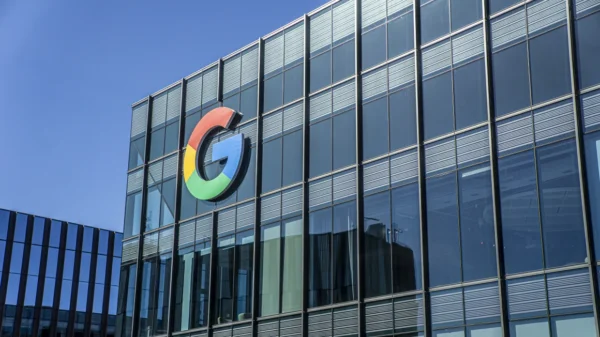When Netflix first introduced its streaming video service in 2007, it was a game-changer. Customers who were used to waiting for DVDs in the mail suddenly had access to a vast library of movies with just a click. However, over the years, the cost of streaming has steadily increased. Netflix’s premium 4K plan now costs $23 a month, and its standard ad-free subscription is $15.49 a month. Other streaming services, like Apple TV+ and Disney+, have also raised their prices significantly. But is it still worth it?
While the price of streaming services has gone up, it’s essential to compare it to the cost of traditional cable plans. Cable plans can be deceptively expensive, with additional fees hidden in the fine print. The average urban consumer spends much more on cable today than in the past, making streaming services seem more affordable.
Even with the price hikes, cord-cutting is still an attractive option. Streaming services offer a wealth of content, and viewers can choose which services they want to subscribe to. The flexibility to cancel and subscribe online easily is a significant advantage. While nobody likes price increases, it’s crucial to remember that access to media is more affordable than ever before.
Netflix’s journey to higher prices is a result of its initial strategy of attracting subscribers at a low cost. Other streaming services, like HBO Max and Disney+, followed suit with competitive pricing. The legacy media companies, with their linear networks, are struggling to catch up to the streaming era. Netflix’s recent loss of subscribers in 2022 prompted cost-cutting measures like layoffs and canceled shows.
Rising interest rates and concerns about the economy have led to increased prices for streaming services. However, the ease of canceling subscriptions hangs over these providers, ensuring that they must provide value for the price.
































